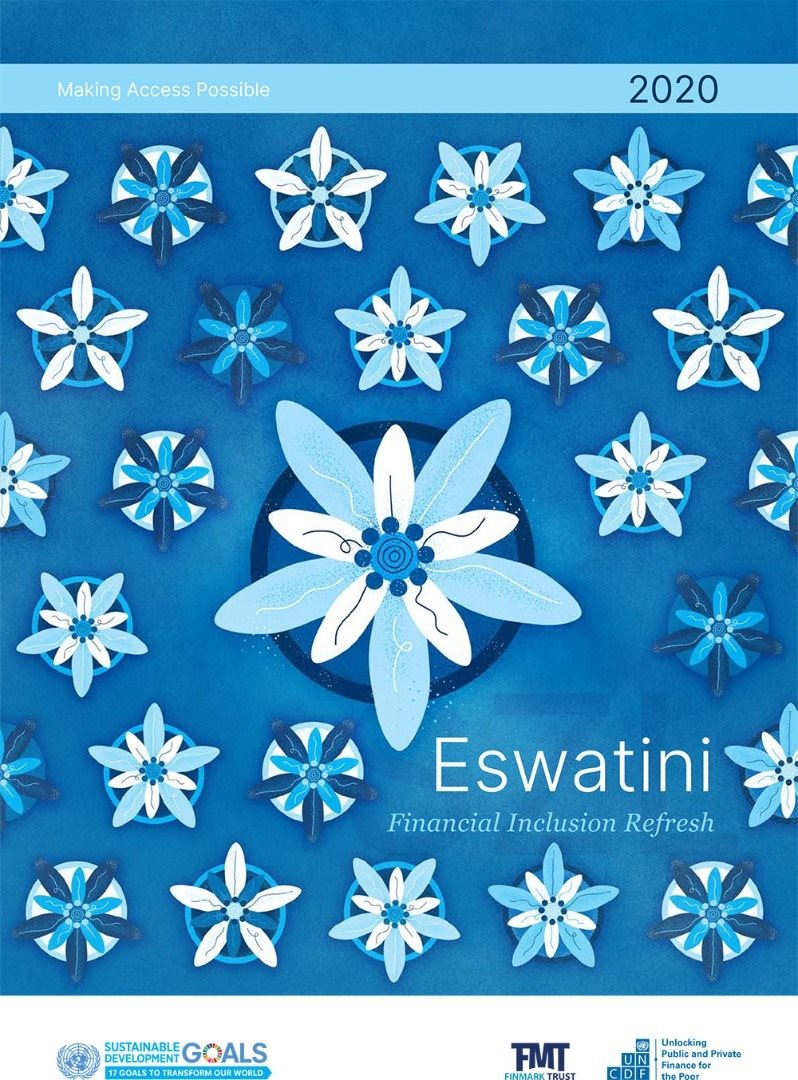Countries are seeking new ways to address complex and interconnected challenges. Fulfilling the promise of the UN Sustainable Development Goals (SDGs) requires multi-sectoral approaches that bring together expertise from a range of perspectives. By harnessing our comparative advantage and working within the context of our respective mandates, we can collectively make significant progress towards realising the vision of the SDGs.
Financial inclusion is increasingly positioned as an enabler of broader development goals, in support of the SDGs. More and more countries are including an inclusive financial sector as a key objective in their national development plans, and this tendency is further underpinned by the G20 leadership of financial inclusion, which highlights the ongoing relevance of the SDGs and nationally led financial inclusion efforts. Furthermore, financial markets play a vital role in creating a sustainable future.
Access to finance for individuals, SMEs and governments is important to a number of the SDGs, helping to facilitate secure payments, including for basic services and trade; smooth cash flows; offer financial protection; and improve allocation of capital while also enabling investments in many areas.
This MAP refresh, in supporting country efforts, increases the focus on inclusive growth (especially through SMEs and agriculture), access to basic services (energy, health and education), and improving household resilience, as well as gender equality. Increased reliance on technological innovation and digital financial services will help to improve the scale and efficiency of financial inclusion interventions.
This refresh was undertaken by the United Nations Capital Development Fund (UNCDF) to jointly address UNDP’s Signature Solution 1, which seeks to work with countries to keep people out of poverty, relating directly to SDG 1: eradicate all forms of poverty, wherever it exists.
Our technical response
Increase Financial Inclusion from 50% in 2011 (FinScope) to 75% in 2022 by growing mobile money and remittances, deepening bank reach, getting credit basics right, ensuring risk management products are available, and enabling alternative channels to serve the poor.
The 2014 MAP diagnostic report for Eswatini considered the country context, demand and supply for financial services, and the regulation of these services. The report identified practical recommendations for overcoming barriers to greater financial inclusion: (i) growth in the use of e-money to transact and save, (ii) the development of formal domestic and cross-border remittance products to support vulnerable, dependent groups, (iii) expanding insurance to better manage the impact of risks, (iv) deepening bank reach to better meet needs and (v) reducing credit costs and protecting consumers.
The 2014 diagnostic report provided the basis for the 2015 MAP financial inclusion roadmap, and a Financial Inclusion Task Team was set up as a steering committee with representatives from the Ministry of Finance, the Centre for Financial Inclusion (CFI – which was preceded by the Financial Inclusion Coordination Agency and the Micro Finance Unit), the Central Bank of Eswatini (CBE) and the Financial Services Regulatory Authority (FSRA). In 2016 the Government of Eswatini published its National Financial Inclusion Strategy for Swaziland 2017–2022. This was followed by a 2018 MAP Diagnostic and Roadmap for MSMEs, upon which this refresh report also draws. The Eswatini State of Financial Inclusion Report, published in 2019 by the Government of Eswatini through the CFI, provided further benchmarks and indicators on financial inclusion.
